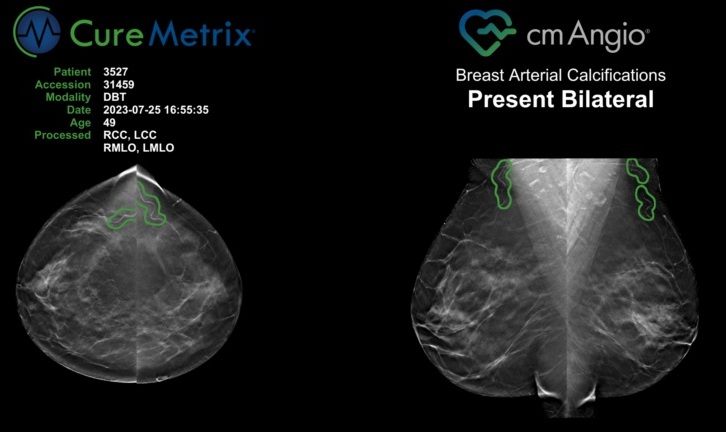Injury Prediction Rule Reduces Radiographic Imaging Exposure in Children
Posted on 07 Jun 2024
While cervical spine injuries (CSIs) are rare in children, they can have devastating consequences, such as quadriplegia, which is paralysis below the neck affecting both arms and legs. Diagnosing CSIs typically requires imaging techniques like X-rays and computed tomography (CT) scans, which expose children to radiation that can cause long-term health issues. Now, researchers have developed a highly accurate prediction rule for CSIs that reduces the use of CT scans by over 50% without missing clinically significant injuries or increasing the use of unnecessary X-rays.
The study, conducted by researchers at Nationwide Children’s Hospital (Columbus, OH, USA) in collaboration with 18 children’s hospitals, included over 22,000 participants over three years. The resulting PECARN CSI prediction rule is straightforward for physicians to implement and is based solely on a child’s symptoms and physical examination upon arrival at the emergency department. The prediction involves nine clinical findings, four of which classify a child as "high-risk" for CSI and indicate the need for initial CT screening. The study was published in The Lancet Child & Adolescent Health on June 3, 2024.

“Emergency medical professionals prioritize thoroughness to ensure no serious injuries are overlooked, a crucial aspect in caring for every trauma patient,” said Dr. Julie Leonard, MD, head of the research team and an emergency medicine physician at Nationwide Children’s, “However, we also understand the age-related radiation sensitivity and malignancy risk caused by use of CT, and we’re very encouraged that this new prediction rule could reduce some of that unnecessary exposure.”
Related Links:
Nationwide Children’s Hospital














